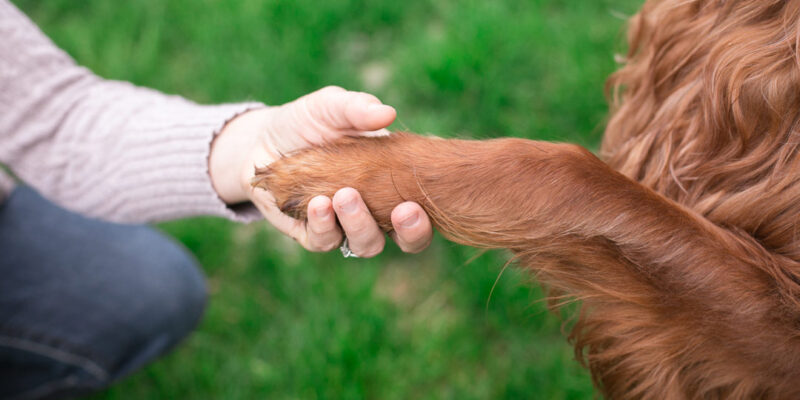Dogs communicate primarily through body language, vocalizations, and behaviors rather than a defined vocabulary like humans. They convey emotions and needs through various sounds and body postures.
Each sound or movement has varying meanings based on context and individual dogs. Understanding their cues, expressions, and gestures helps decipher their communication, forming a unique “vocabulary” that fosters interaction and comprehension between dogs and humans.
Specific sounds and expressions also mean pain, discomfort, and illnesses, so pay close attention to them. At the same time, consider being equipped with pet insurance for dogs to handle accidental injuries, unanticipated illnesses and medical emergencies more effectively.
Contemplate purchasing cheap pet insurance in the least so that unexpected vet costs need not be a significant financial burden. Meanwhile, read this article to learn about your dog’s vocab.
Know your dog’s vocabulary
Doggy vocabulary refers to the different sounds, body language, and behaviors dogs use to communicate with humans and other animals. An overview of key elements in their vocabulary is mentioned below.
1. Barking
Dogs use barking to express several emotions, including fear, anxiousness, excitement, vigilance, or warning. Different barks indicate different needs or feelings; learn to tell them apart.
2. Whining
Often a call of distress, stress, anxiety, or a request for attention, whining is a vocalization that communicates many emotions.
3. Growling
Often, a warning signal or growling signifies pain, discomfort, aggression, or a desire for privacy. Understanding the context and body language accompanying the growl is crucial to discovering your dog’s reason to growl.
4. Howling
Dogs often howl to interact over long distances or in response to particular sounds. It can also be an expression of solitude or seeking attention.
5. Gestures
Dogs convey a lot through body language, including wagging tails for excitement or happiness, lowered tails for submission or fear, and raised hackles for heightened arousal or aggression.
6. Facial expressions
Expressive eyes, ear positions, mouth and tongue movements contribute to a dog’s communication. Soft eyes may convey relaxation, while a tense mouth or narrowed eyes can indicate discomfort.
7. Sniffing
Dogs rely heavily on their sense of smell. Sniffing can indicate curiosity, investigation, or even stress. It’s a way for them to gather information about their surroundings.
8. Licking
Licking can be a sign of affection, submission, or a way for dogs to explore their environment. Excessive licking may also signal anxiety or discomfort.
9. Tail wagging
While commonly associated with happiness, the position and speed of tail wagging convey different emotions. A tucked tail might indicate fear, while a stiff, upright tail may signal aggression.
10. Play bow
A classic canine invitation to play, the play bow involves a lowered front end and raised hindquarters. It signals a desire for interaction and fun.
Understanding these elements of the doggy vocabulary is crucial for effective communication and building a strong bond between humans and their canine companions.
Clear communication aids in training, reducing anxiety and addressing their needs. It promotes a harmonious living environment, preventing misunderstandings and potential behavioral and health issues.
Be sensitive to your dog’s needs. Also, consider being equipped with cheap pet insurance at least. Pet insurance for dogs allows your pet to receive timely medical assistance with minimal cost, so think about buying a policy.
95% of the paragraphs are 2 to 3 lines. kindly let me know how many lines are considered as long.













Comments